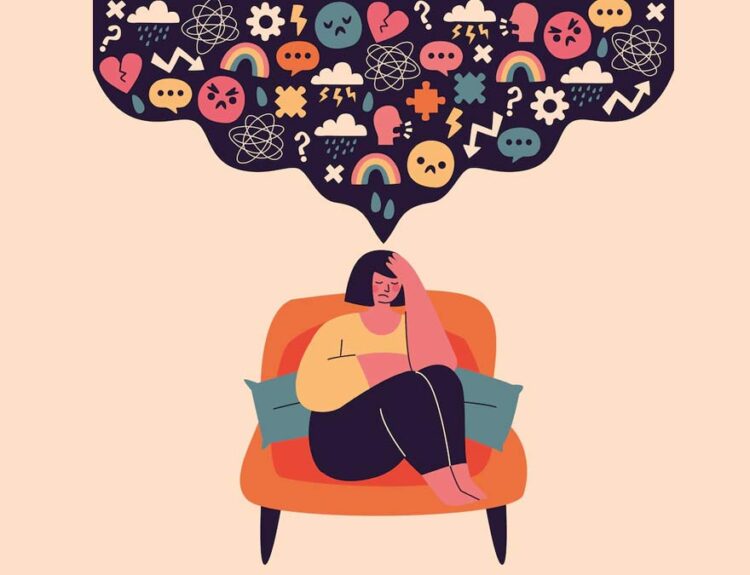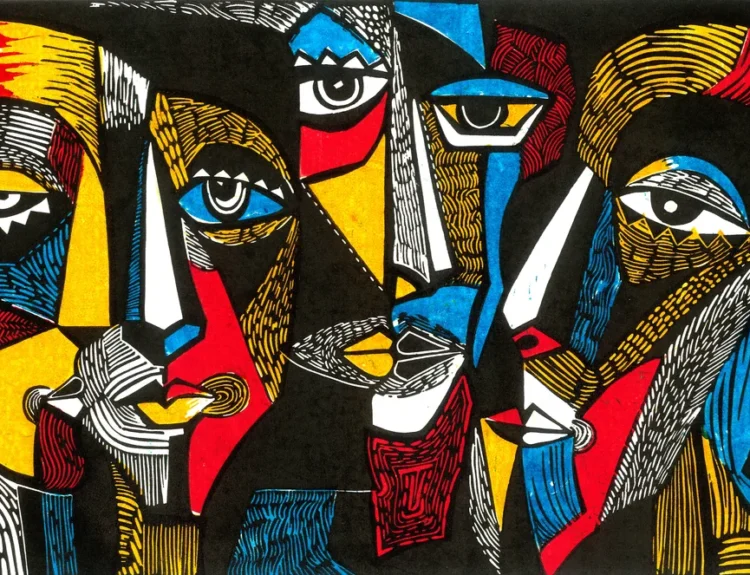(How to Sketch Every Day and Love It)
If you’ve ever looked at someone’s sketchbook and thought, “I wish I could do that,” you’re not alone. Many people want to learn how to sketch, but few know how to start—or how to stick with it. The truth is, sketching isn’t about being perfect; it’s about developing a habit of observation, creativity, and self-expression.
Whether you’re an aspiring artist, a hobbyist, or someone looking to tap into your creative side, this beginner’s guide will show you how to sketch daily and build a fulfilling sketchbook practice.
🎨 Why Start a Sketchbook Habit?
Before diving into the “how,” let’s talk about the “why.” Keeping a sketchbook is about more than just improving your drawing skills.
Benefits of a Daily Sketch Habit:
- Improves hand-eye coordination
- Enhances observational skills
- Boosts creativity and problem-solving
- Reduces stress and anxiety
- Builds artistic confidence
- Creates a personal visual journal
A sketchbook becomes a space where you’re free to explore ideas, make mistakes, and grow—without the pressure of creating a “finished” artwork.
🧰 What You Need to Start Sketching
One of the great things about learning how to sketch is that you don’t need fancy tools. Just a few basic materials are enough to get started.
Essential Supplies:
- Sketchbook: Choose one that feels right in your hands. Pocket-sized for portability or A4 for more room—there’s no wrong choice.
- Pencil: A simple HB or 2B pencil is perfect for beginners. Add softer pencils like 4B or 6B as you get comfortable.
- Eraser: A kneaded eraser is great for subtle corrections.
- Sharpener: Keep your lines clean and precise.
- Optional: Fineliners, colored pencils, markers, or watercolor for experimentation.
Tip: Don’t obsess over materials at first. The most important thing is starting, not what you start with.

✏️ How to Sketch: The Basics for Beginners
Learning how to sketch is like learning a language—you start with simple lines and shapes, and build up over time.
1. Start with Shapes
Everything you see can be broken down into basic shapes: circles, squares, rectangles, and triangles. Try drawing objects around your home using only these forms.
2. Focus on Contours
Contour drawing means sketching the outline of your subject without lifting your pencil. It trains your hand to follow your eye and improves accuracy.
3. Use Light Pressure
Start with light lines so you can adjust as needed. You can always go back and darken lines you like.
4. Keep Your Wrist Loose
Avoid stiff, tight lines. Sketch with your whole arm for better flow and rhythm.
5. Practice Observation
Look more than you draw. Spend at least 60% of your time observing the subject.
🧠 Mindset Matters: Embracing Imperfection
If you’re wondering how to sketch “correctly,” you might be holding yourself back. The biggest barrier for beginners isn’t skill—it’s fear.
Let Go of Perfection
Your sketchbook is your playground. Not every page has to be beautiful. In fact, the messy pages are often the most revealing and fun.
Be Consistent, Not Intense
Sketch for 5–10 minutes a day if that’s all you have. Small, regular practice beats occasional, intense effort.
Set Intentions, Not Expectations
Instead of aiming to be great, aim to be curious. Ask yourself: “What can I learn from this page?”
📅 How to Build a Sketchbook Routine That Sticks
Consistency is key to improvement. Here’s how to create a habit that you’ll actually enjoy:
1. Schedule a Sketch Time
Set a time each day to sketch—morning, lunch break, or before bed. Treat it like brushing your teeth: non-negotiable.
2. Create a Sketching Space
A clean, inviting corner makes it easier to sit down and draw. Keep your tools handy so you’re not hunting for them.
3. Use Prompts
Feeling stuck? Use daily prompts like:
- “Draw your coffee mug”
- “Sketch something from memory”
- “Draw your hand in 3 positions”
You can also follow monthly sketch challenges (like Inktober or Sketchuary).
4. Set a Timer
Sketching for just 5–10 minutes is enough. Setting a timer keeps the pressure low and prevents burnout.
5. Track Your Progress
Flip back through your sketchbook every week. Notice your growth, style shifts, and areas to improve.
🧑🎨 Sketchbook Ideas for Beginners
Wondering what to sketch? Here are some beginner-friendly ideas to fill your pages:
Still Life:
- Fruit bowl
- Books on a table
- Your favorite shoes
Nature:
- Leaves
- Flowers
- Tree branches
People:
- Quick gesture sketches
- Self-portraits
- Family members or friends (if they’ll sit still!)
Everyday Objects:
- Keys
- Sunglasses
- Your workspace
Creative Play:
- Doodles
- Pattern designs
- Invented creatures
📸 Digital vs. Traditional Sketching
In today’s world, “how to sketch” isn’t limited to pencil and paper. You might prefer digital tools like iPads, styluses, and sketching apps.
Pros of Digital Sketching:
- Easy to undo mistakes
- Convenient for travel
- Access to brushes and effects
Pros of Traditional Sketching:
- Tactile feedback and texture
- No distractions
- Builds stronger hand-drawing skills
There’s no right answer—try both and see what you enjoy most.
🧭 Overcoming Common Beginner Struggles
“My drawings look bad.”
Yes—because you’re learning. That’s okay. Keep going.
“I don’t have time.”
Even 3 minutes of sketching counts. Keep a pocket sketchbook with you.
“I don’t know what to draw.”
Use prompts, draw your surroundings, or copy from photos for practice.
“I get bored.”
Switch up materials, try new styles, or sketch in a café or park.
🗨️ Learning from Others: Join the Community
Learning how to sketch is more fun with others. Here’s how to connect:
- Join online art communities (Reddit’s r/SketchDaily, DeviantArt, or Facebook groups)
- Follow artists on YouTube or Instagram for tutorials and inspiration
- Take beginner sketching classes (Skillshare, Coursera, or local art centers)
Seeing how others sketch—especially their mistakes—can help you learn faster and feel less alone in the process.
📝 Final Thoughts: Sketching Is a Journey, Not a Destination
The act of sketching is a form of meditation, mindfulness, and discovery. Whether you fill one sketchbook a year or ten, the point is to enjoy the process and learn more about how you see the world.
So the next time you wonder how to sketch, remind yourself: just pick up the pencil and begin. There’s no wrong way to start.
Your sketchbook is waiting.
📌 Bonus: 7-Day Beginner Sketching Challenge
Want to build momentum? Try this:
| Day | Prompt | Time |
|---|---|---|
| 1 | Sketch your hand | 5–10 min |
| 2 | Draw your keys or wallet | 10 min |
| 3 | Sketch a plant or leaf | 5 min |
| 4 | Doodle for fun | 5 min |
| 5 | Self-portrait from a mirror | 15 min |
| 6 | Copy a photo of an animal | 10 min |
| 7 | Sketch your favorite mug | 5–10 min |










